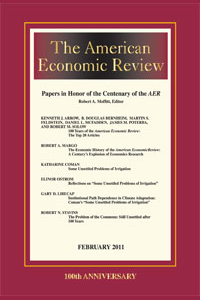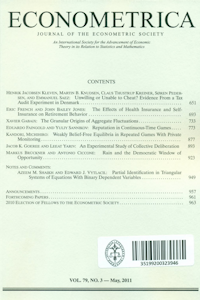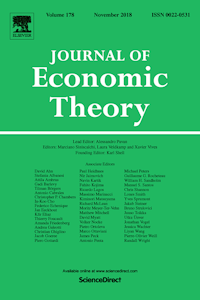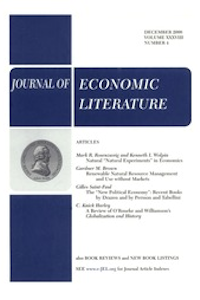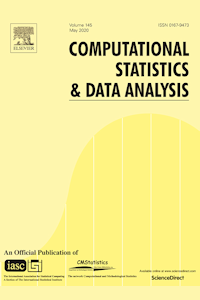
Harvey, A. C. and Sucarrat, G.
EGARCH models with fat tails, skewness and leverage
Computational Statistics & Data Analysis
Vol. 76 pp. 320-338 (2014)
Abstract: An EGARCH model in which the conditional distribution is heavy-tailed and skewed is proposed. The properties of the model, including unconditional moments, autocorrelations and the asymptotic distribution of the maximum likelihood estimator, are set out. Evidence for skewness in a conditional tt-distribution is found for a range of returns series, and the model is shown to give a better fit than comparable skewed-tt GARCH models in nearly all cases. A two-component model gives further gains in goodness of fit and is able to mimic the long memory pattern displayed in the autocorrelations of the absolute values.
Keywords: General error distribution, Heteroskedasticity, Leverage, Score, Student's t, Two components, Volatility
JEL Codes: C22, G17
Author links: Andrew Harvey
Publisher's Link: https://doi.org/10.1016/j.csda.2013.09.022 ![]()
Keynes Fund Project(s):
Dynamic Models for Volatility and Heavy Tails (JHLC)
Dynamic Models for Volatility and Heavy Tails (JHLH)
Cambridge Working Paper in Economics Version of Paper: EGARCH models with fat tails, skewness and leverage, Harvey, A. C. and Sucarrat, G., (2012)

